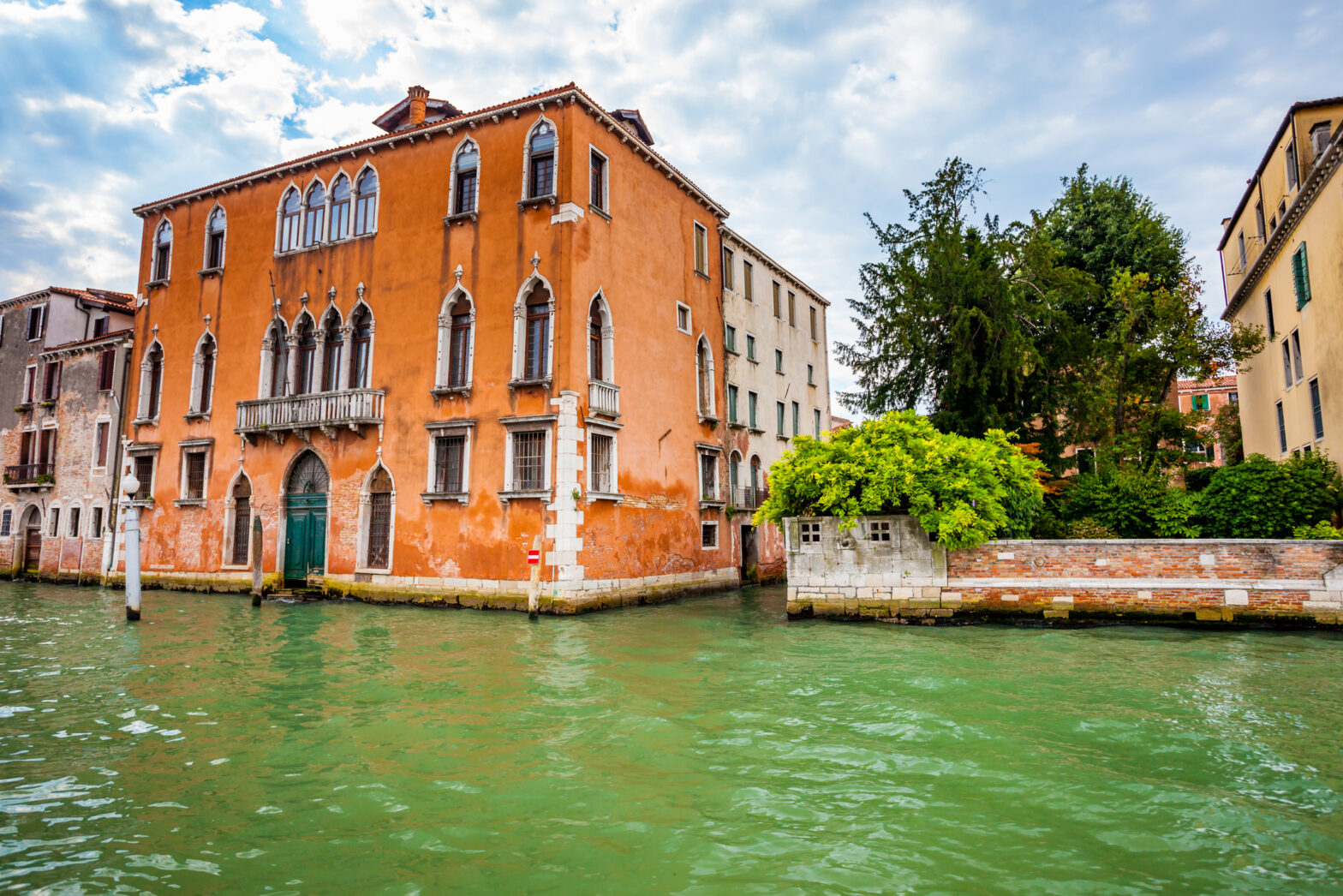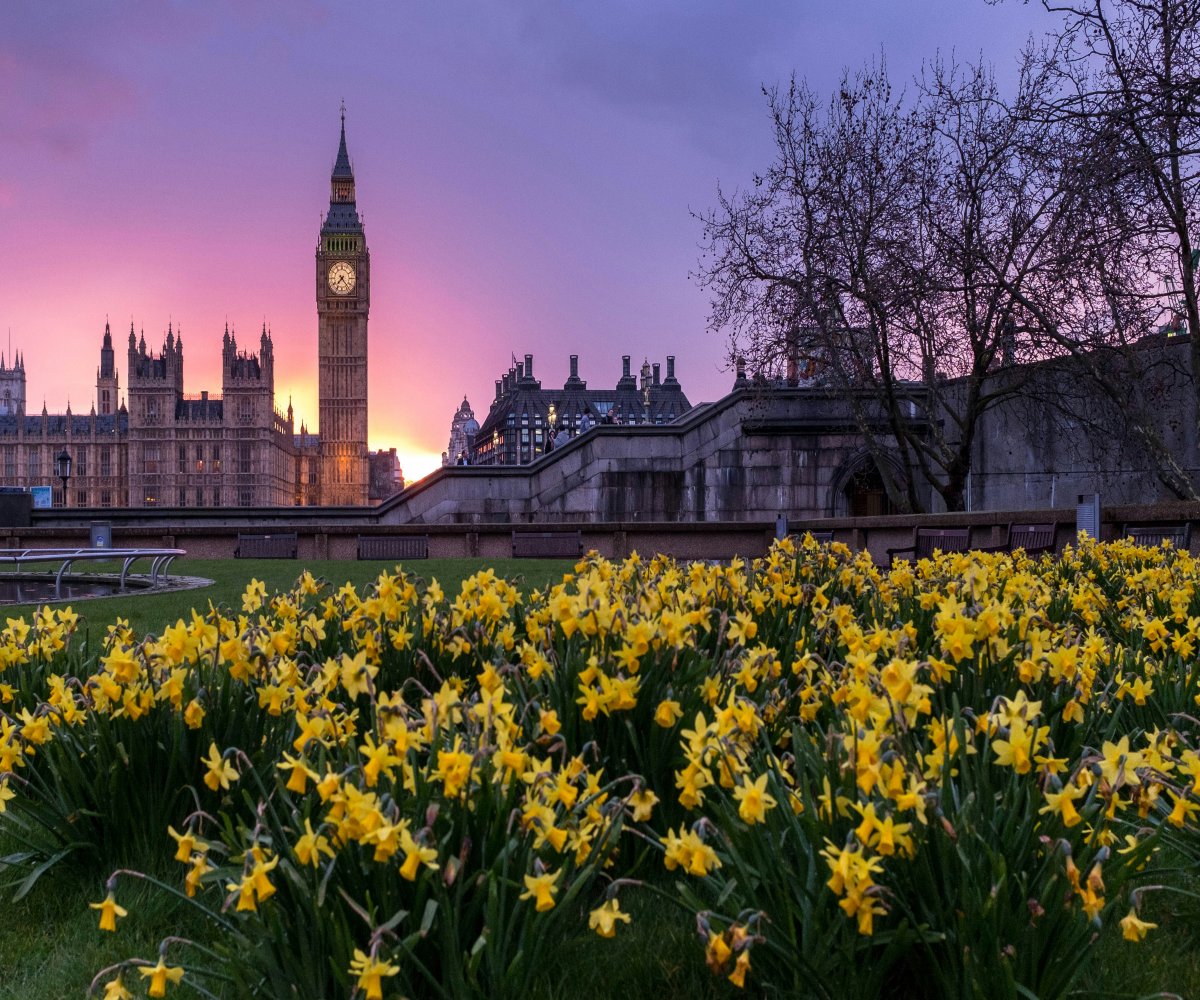The Grand Canal of Venice recently turned green, which left authorities scratching their heads at first. Was this yet another case of vandalism, or something close to it?
Italy is fed up with tourists and locals damaging its historical treasures. Rome in particular has witnessed this kind of behavior on many occasions.
One man drove his Maserati down the Spanish Steps. Tourists carved names into the ancient Colosseum. And last week, a climate activism group called Ultima Generazione dumped charcoal in the Trevi Fountain and two other famous fountains in The Eternal City.
What Caused The Grand Canal To Turn Green?
Local authorities discovered the chemical that caused the water to change color is called fluorescein. It’s non-toxic and is often employed for underwater construction projects.
The Regional Agency for the Environment, which is based in Venice, said the chemical was likely put in the water on purpose.
People living close to the Rialto Bridge took note of the unusual substance, which continued to permeate as the day elapsed.
However, this didn’t stop the daily flow of life. Gondolas and other water vessels continued to move along as usual, though those on board probably had questions about the water’s color.
What Happens Now?
Venetian authorities explained that the culprit isn’t known, but this could be yet another stunt by climate activists.
CNN Travel reported, “Further tests are expected later this week, which could help identify the exact quantity of the substance in the water.”
The Grand Canal has turned green before. In 1968, when the Venice Biennale was taking place, an artist poured the same chemical into the water. This was also an act of protest of sorts.
The Canals Are Beloved in Venice
Venice, like Amsterdam, is known for its many canals. Venice has about 150 canals, some of which are big enough for larger watercraft.
The Grand Canal is the busiest, especially when the summer tourists visit. This canal is distinctive for its “S” formation. The other two major canals in the city are The Giudecca and The Cannaregio.





